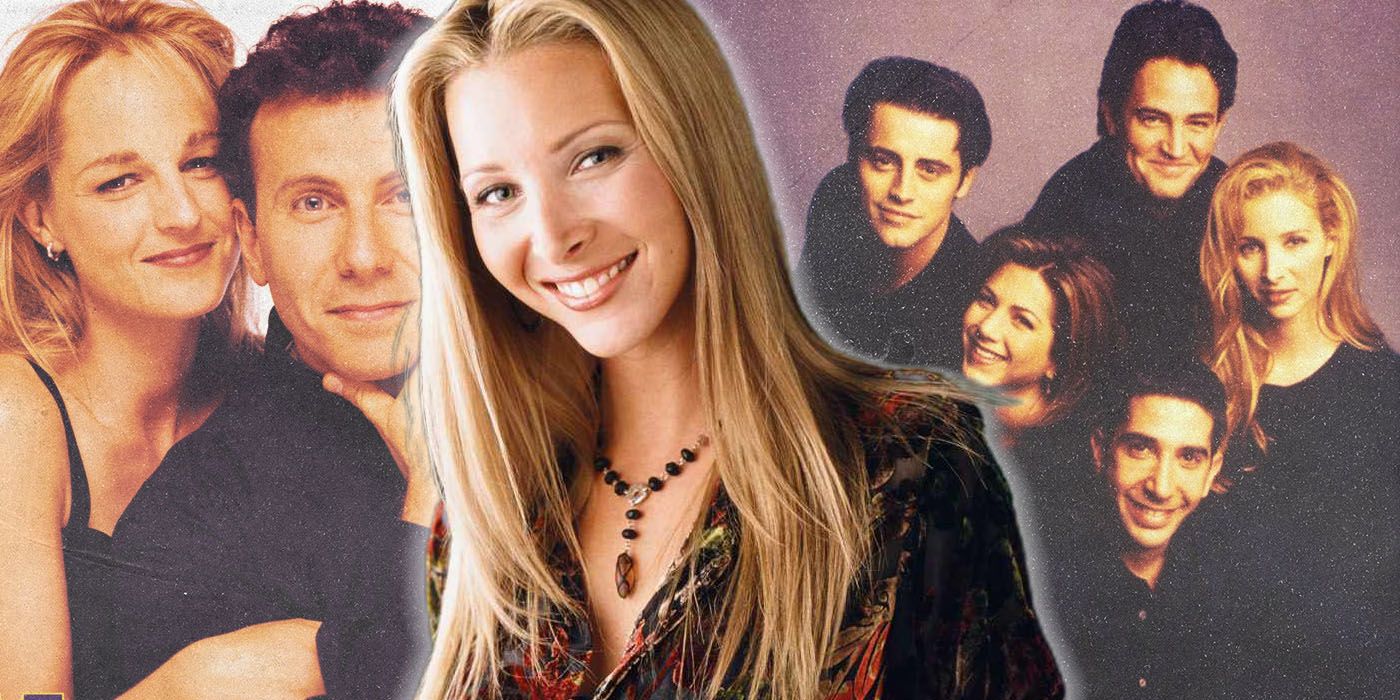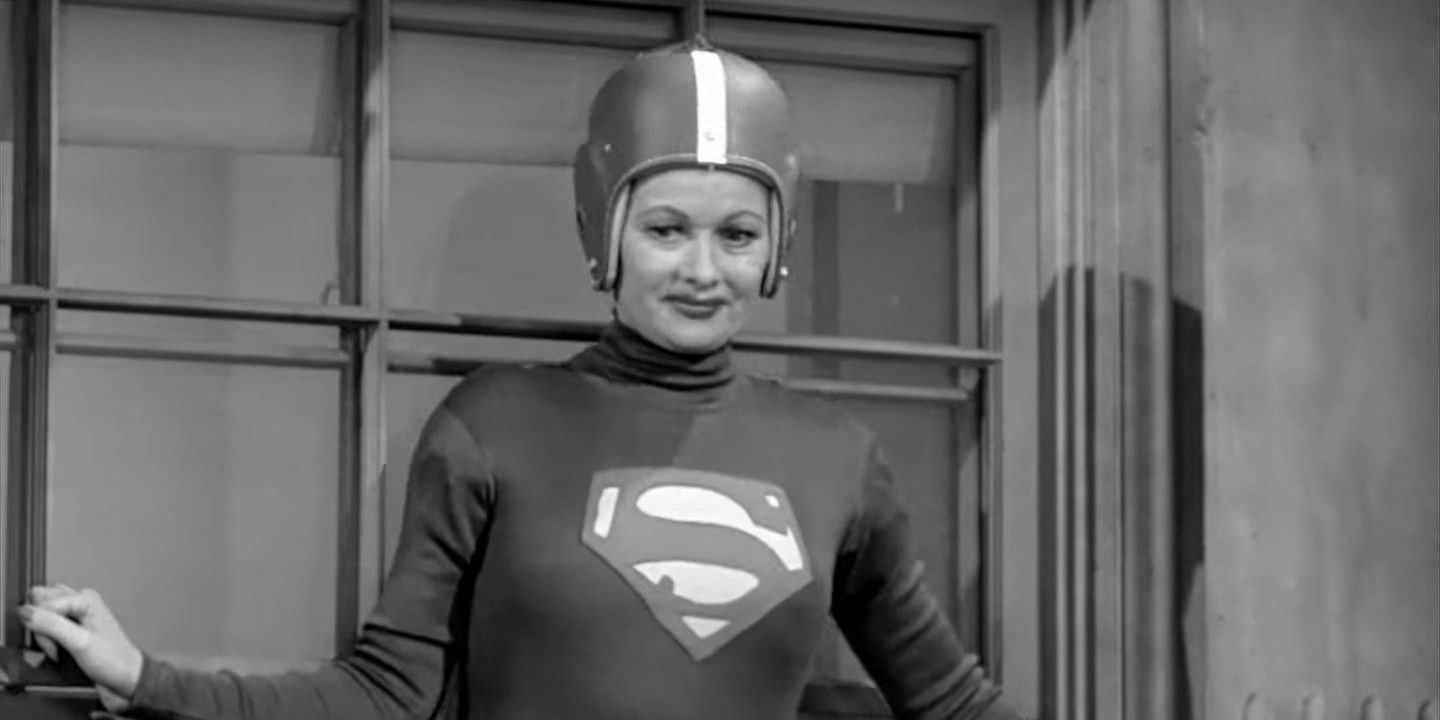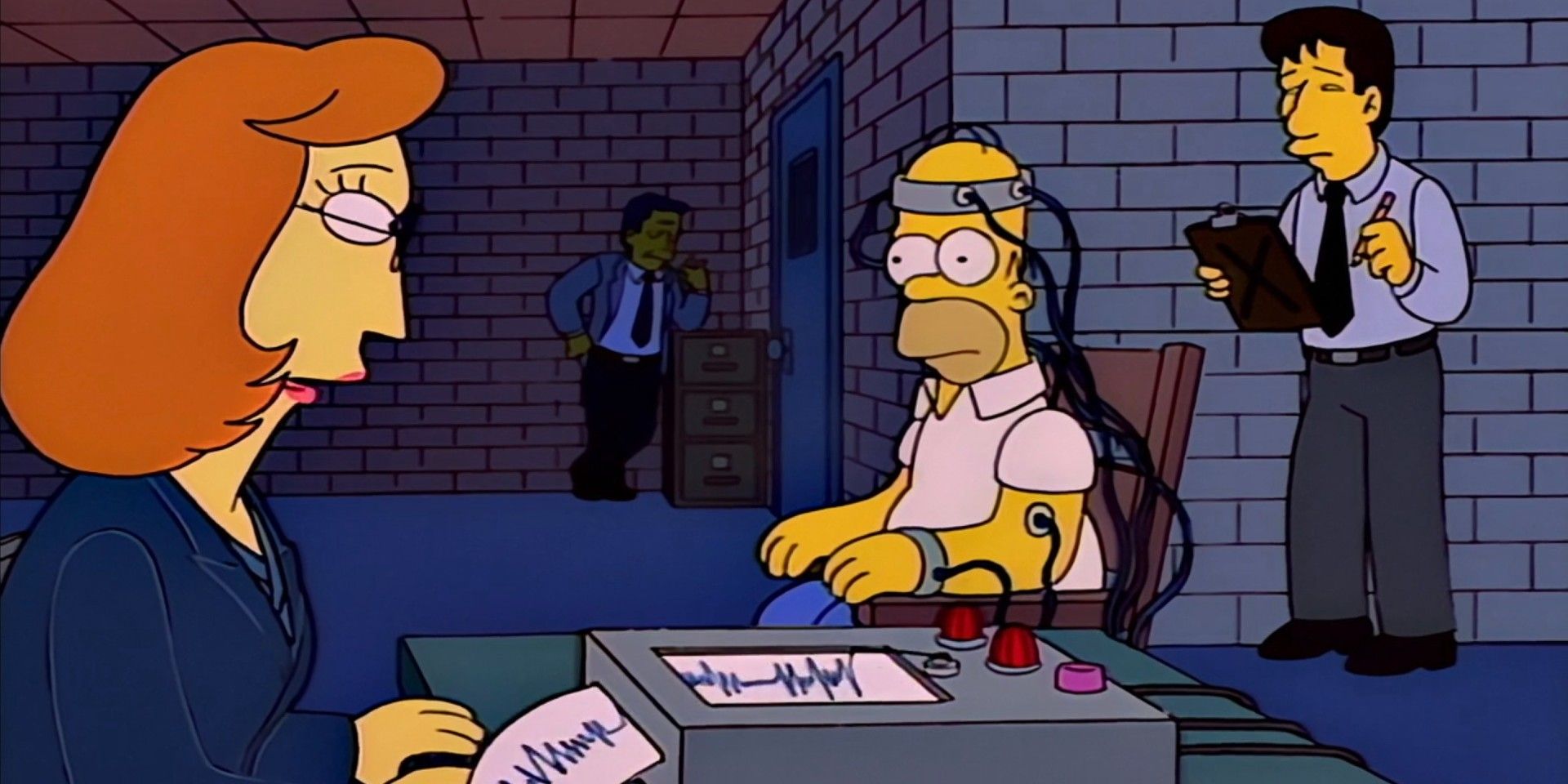Having sitcoms crossover is a long-time staple of network synergy. Sometimes it works organically, but often it feels forced, like an obvious and cynical marketing ploy. Syndication usually exacerbates the issue, as many times, a successful show will do a crossover with a fledging program to build an audience that didn't last more than a season or two and was immediately forgotten. Still, there has been much success and enjoyment from sitcom crossover episodes, and the concept hit its zenith in the 1990s.
The first known sitcom crossover came from the original gold standard of the genre, I Love Lucy when George Reeves as Superman from Adventures of Superman comes to save the day. They struck again the following year when I Love Lucy hosted the cast of The Danny Thomas Show in 1958 and then returned the favor when Lucy and Desi guest-starred as their characters in an episode of The Danny Thomas Show in '59. By the 1960s, worlds of shows began to open up as series like The Beverly Hillbillies, Green Acres and Petticoat Junction all occupied the same universe. That exploded in the '70s with the contained worlds of Norman Lear, full of crossovers and spin-offs.
1990s Sitcoms Made TV Crossover Events a Must-See
The 1980s saw similar sitcom crossovers, though one interesting anomaly was when a hospital drama, St. Elsewhere, visited the bar where everybody knows everybody's name in Season 3, Episode 24, "Cheers." It was the 1990s, however, that took the contained sitcom universe and put it into overdrive, led by ABC's long-running, rotating Friday night "TGIF" line-up. Perfect Strangers, Family Matters, Clueless, Boy Meets World, Sabrina the Teenage Witch, Full House, Step By Step, and Hangin' With Mr. Cooper all existed in the same universe. With prestige cable shows and zeitgeist-grabbing streamers not yet ubiquitous, the 1990s was the last big boom time for sitcom crossover events, and they milked it.
Crossover episodes came to feel like events, given the saturation of TV ads during the week, sometimes weeks leading up to them. What made '90s crossovers different was how much more organic they felt and how much more clever they got. For example, in the early days of Friends, Lisa Kudrow moonlighted with a recurring character, Ursula, the waitress, on Mad About You. Instead of ignoring that, Kudrow's Phoebe is revealed to have a twin sister, Mad About You's Ursula, and the connection was solidified when Helen Hunt's Jamie visits Central Perk and mistakes Phoebe for Ursula. This connected both shows to the same universe; a universe that is, in the world of Seinfeld, something that only exists on TV, per Season 7, Episode 1, "The Engagement," which ends with George and Susan watching a taped episode of Mad About You. For an all-around good time, it's hard to beat The Simpsons, Season 8, Episode 10, "The Springfield Files," when Gillian Anderson and David Duchovny's iconic Mulder and Scully from The X-Files do a little investigating in Springfield.
How Sitcoms Have Failed to Keep Up With Crossovers' Popularity
In the 20th century, it was a bit more natural when shows like the "TGIF" series suite would interact, as they all aired on the same network on the same night. As such, it wasn't a stretch to believe they all lived in the same world, even if that meant a teenage witch met a boy meeting the world. Or the barflies from Cheers booking chartered flights to Nantucket on Wings, a show that shared creative DNA. That sort of world-building got lost in 21st-century sitcom crossovers, which feel more clunky and forced. For example, suppose a viewer never watched New Girl but watched Brooklyn Nine-Nine in syndication or on a streamer. In that case, they'd be hard-pressed to figure out why they stunt-cast Zooey Deschanel's Jess for a brief and awkward car ride with Andy Samberg's Jake Peralta in Season 4, Episode 4, "The Night Shift."
At least New Girl was enough of a hit that it ran for seven seasons. A big issue in the 21st-century sitcom crossover has been using an established show to prop up a new or struggling one with a two-parter, one episode for each. A perfect example would be seeing only one part of a two-part episode because even though George Lopez is still in syndication and streaming, the one season of Freddie is a rightfully forgotten trifle that viewers would have to find and watch independently.
Crossovers work best when they aren't forced and make it believable that two shows exist in the same world. The fall of the sitcom crossover doesn't have laziness or corporate greed to blame, but simply the explosion of content across all platforms making regular TV events seem less special. Still, with multi-cam sitcoms having a bit of a comeback moment, there's no reason George from Lopez VS Lopez couldn't take a trip to New York, get into a little trouble, and find himself being defended by Dan Fielding in front of Judge Abby Stone in Night Court.



